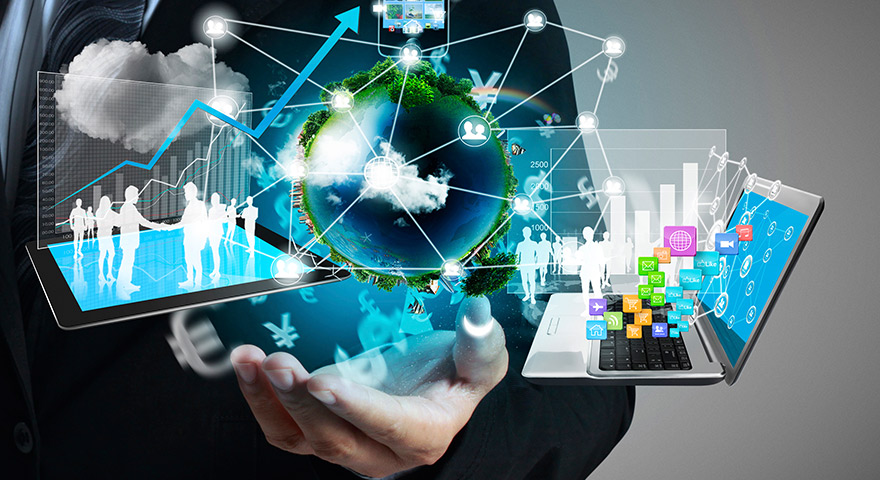Digitisation has changed the way we live. In the commercial world digitisation has become ubiquitous. Almost every product or service today starts its life in the public domain as an app. From sales calls to feedback — businesses have long learnt the virtue of living in a more digitally conducive space.
But can digitisation move from the commercial sphere to the more public sphere? Can governments run digitally? Is it possible to run a more people-centric public program? The answer is of course you can and there are many governments around the world who are already committed to this path.
The challenges
Running a people-centric government digitisation drive is easier said than done. The challenge lies in a government’s relationship with its people as compared to a business-consumer relationship. For instance, a government cannot pick up a target audience or look for shareholder profit.
The bureaucratic set-up of most governments is the other hurdle when it comes to implementing digitisation. In many still traditional spheres, digitisation is seen as too radical or unnecessary. However, all this is bound to change as we go headlong into a more and more digital age.
Human-centric design
Change may be slow, but it is inevitable. Eventually, we (or the government) must give way! At the core of this change is the idea of human-centric design that was first proposed by Stanford school? It proposes that every design must keep the human or the user in mind. This is what drove innovations like smartphones.
A digitally connected government also follows the same philosophy. By opting for digitisation it is installing a process that puts its citizens first. This digital citizen-centric government puts information in public sphere, provides easy access to utilities and actively seeks out public feedback and support.
How does it work?
The digital government works pretty much like a modern business, albeit with a much wider scope and no profit motivation! There are apps and websites that helps you pay for utilities, fix appointments at offices or hospitals. But it’s not just that. It also actively seeks out public feedback or participation.
So, imagine this: You start your day with booking an appointment for your mum at your preferred clinic. You can see doctor timings, available slots and even book a parking space. The hospital, in turn, coordinates with your mother’s insurer for remuneration. Then you pay for your utilities at one site.
Later you plan a picnic, but find that your spot is double booked. You file an online complaint at the local office site while you go exploring. A separate spot is arranged for you and the location sent via GPS. Later the park authorities review what went wrong.
Microsoft Dynamics and Digital Government
Implementing such a wide range of digitization is an immense challenge in itself. Some degree of digitization today exists in almost every government. What one needs is a cohesive cloud management system, one that can combine processes like ERP with public interaction. The Microsoft Dynamics 365 is the perfect answer. By combining the capacity of back office process with a public interaction platform and using IoT, it can be the game changer we are looking for.
This article written by Joseph Macwan. He is technical writer with a keen interest in business, technology and marketing topics. He is also associated Microsoft dynamics consulting company.






